Once a tiny tuner only enthusiasts knew, Abarth wants to become a true sporty division in Stellantis’ portfolio. It has made three almost simultaneous releases to prove that
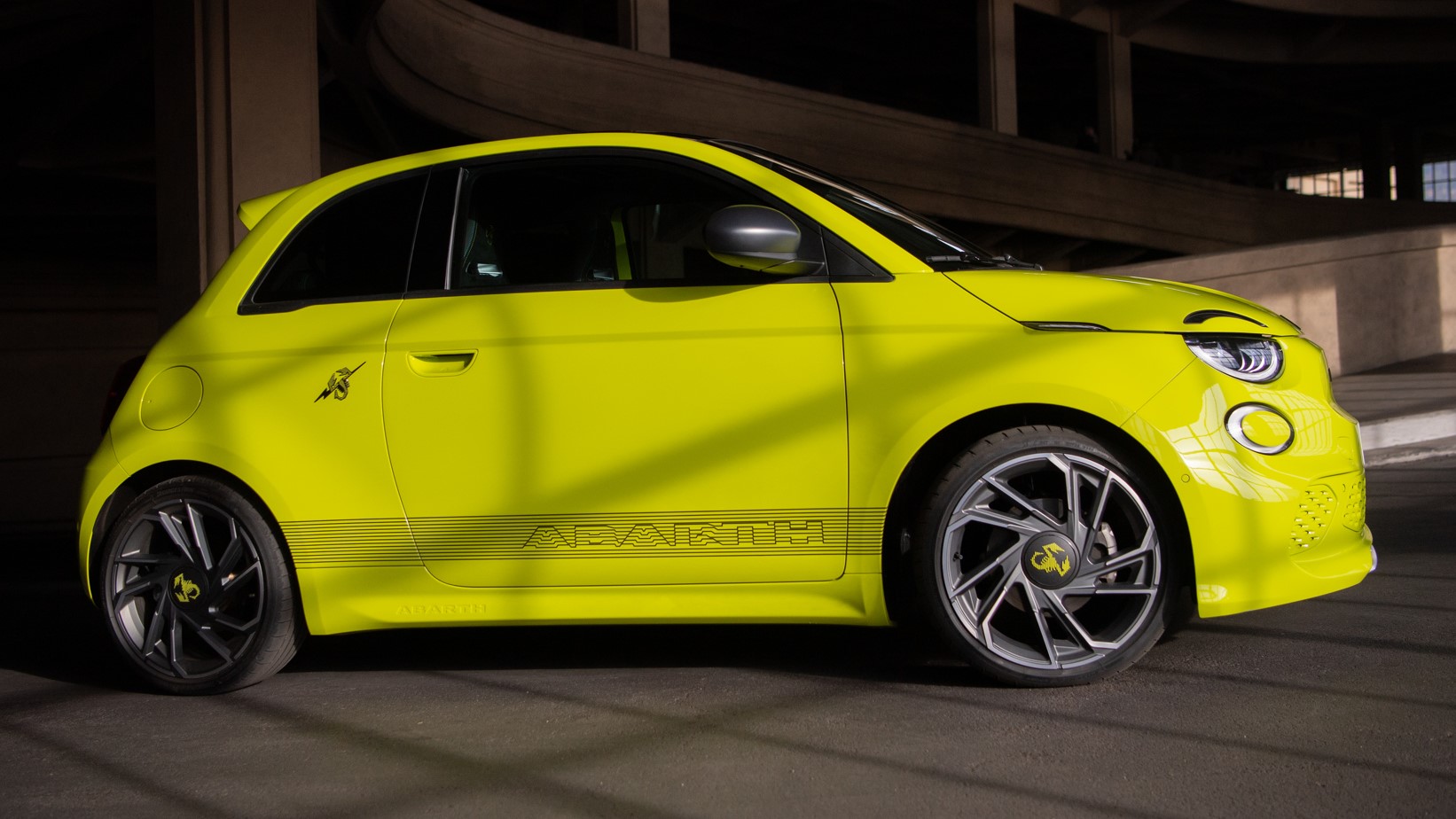
I have been interested in cars for pretty much my entire life. Over the years, I have read a lot about them, both on and offline, both local and foreign topics. As a result, I have learned about many parts of the car world. One of them is brands which have never been truly popular, especially among non-enthusiasts.
My father has the average knowledge in terms of cars. The other day, I showed him Abarth’s latest release in Brazil, a tuned version of the Fiat Pulse. I can say that his reaction is a perfect example of what Stellantis is now working so hard to change. He liked the car, but asked “What is Abarth? I have never heard of it”.

What is Abarth?
Founder Carlo Abarth worked at racing team Cisitalia until the company went bankrupt. He purchased its assets, which included many complete cars and spare parts, and built his own team. In the late 1940s, the “Squadra Abarth”, which featured famous drivers such as Tazio Nuvolari. However, it would not stop there.
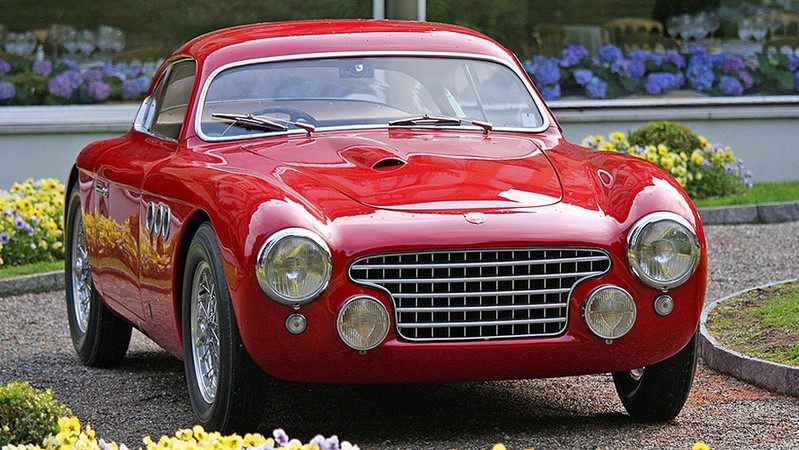
Abarth’s main activity was actually selling performance parts for urban cars. More specifically, Fiat, Lancia, Cisitalia and Simca cars. The partnership with Fiat started in 1952 and would bring many favorable results over time. The first one was upgrading Fiat cars for racing, which led to many victories in the 1960s.
The tuner performed rather well on both fronts, so it attracted Fiat’s interest even more. The Turin maker eventually bought it in 1971; the racing operations were sold to Enzo Osella, who would eventually build his own team. Fiat had different plans for Abarth, which lead us to the second big phase of its history.

Fiat Abarth partnership
The first issue to address was that Fiat already raced with the Squadra Corse Lancia. Both operations were eventually merged in order to join forces. The company founded EASA, which stands for Organization for Car Sports Racing Activities and built successful racing versions of the Lancia Montecarlo and Rally 037.
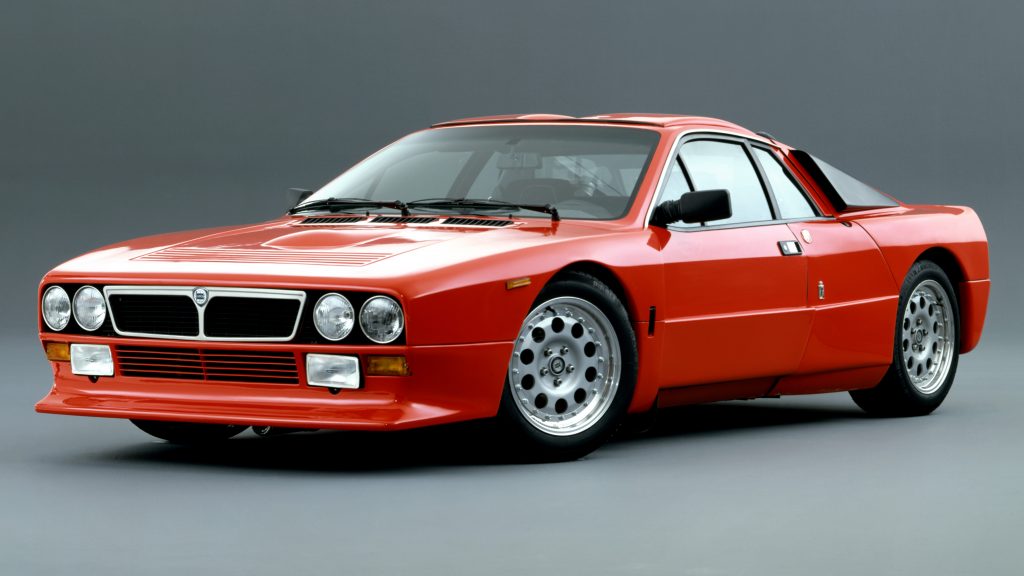
When it comes to urban cars, Abarth became Fiat’s performance division. The group had several brands even when it was independent, and the tuner had the chance to work on some of them. The Autobianchi A112 and the Fiat Ritmo became affordable and fast; true Italian definitions of the “hot hatch” concept.
Another interesting branch of Abarth’s activities was building racing cars on the Fiat 600‘s platform. They are informally known as “derivations”; some were designed by Allemano and others by Zagato. The tuner would gradually specialize in extracting maximum performance from Fiat cars of that time in many ways.
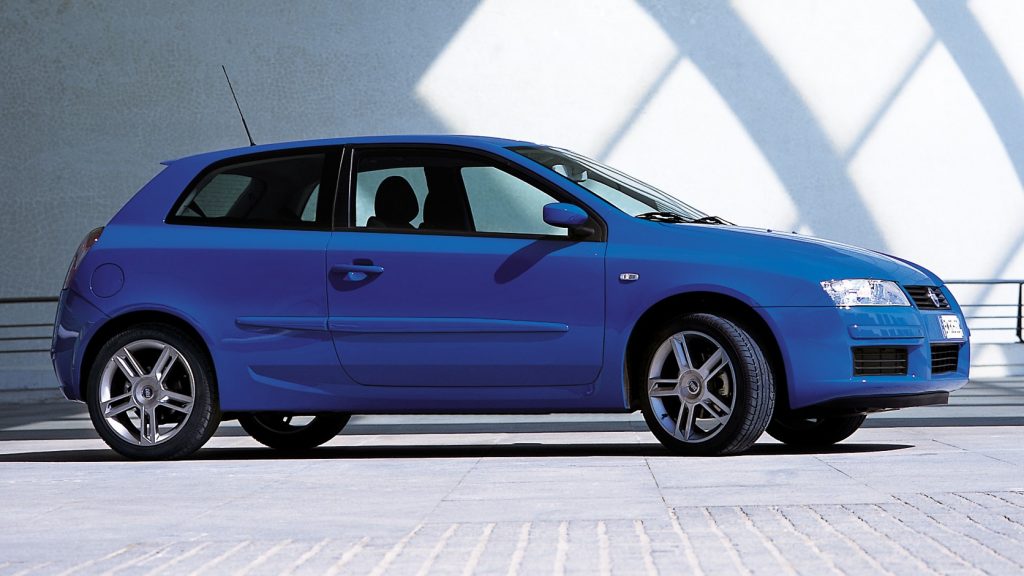
Abarth performance versions
While those cars were excellent at what they did, they are not commercial. Sports cars, whether dedicated ones or versions of regular ones, only appeal to enthusiasts. They are not practical enough to sell in high volumes; they almost act like halo cars. Automakers cannot justify keeping such cars in line all the time.
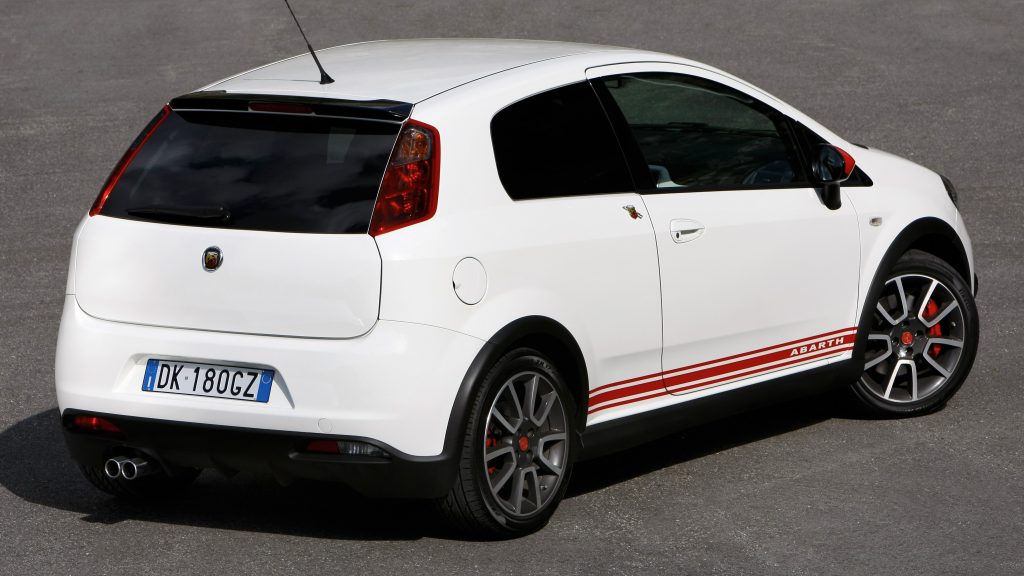
You have already read about the sharp ups and downs Fiat went through in the 1990s. Once it entered an austere phase, it reduced Abarth to selected participations in racing and a tiny involvement in urban cars. The Stilo and the Punto shown here were merely regular performance trims with the scorpion badge.
At that time, Abarth’s image was rather weak. While it has a beautiful history, the glorious events occurred so much time earlier that most contemporary drivers had not heard of them. Those two modern cars were good on their own but were not making proper use of the brand’s potential. That was about to change.
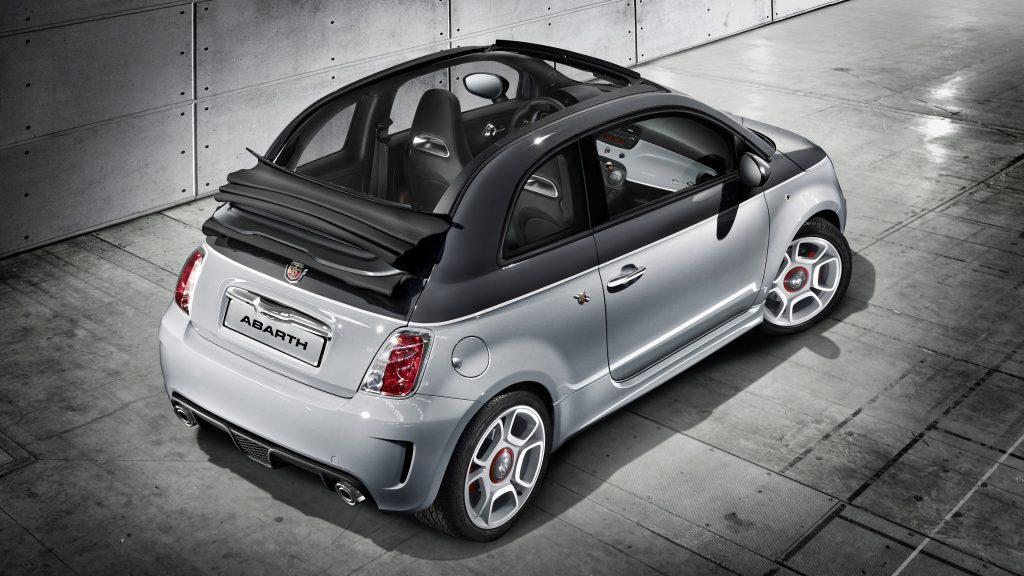
The new Abarth & C.
Fiat decided to give Abarth more room in 2007 by making it a separate, albeit still wholly owned, division. However, it would focus on two models: the all-new Cinquecento, because it had a strong image; and the Grande Punto, because it was already popular in the market. Both received high-performance versions.

Image played a key role this time. The Abarth versions offered substantial upgrades for a hefty premium; people would only accept that from strong, charismatic products. The 500 took advantage of Fiat’s main strategy of offering multiple special editions and had several of them itself, like the 595 and the 695.
Abarth would venture into other cars in the 2010s, but did not perform so well. The 124 Spider lasted only a few years because the regular car never sold well. It also signed “powered by Abarth” variations, like for the India-only Avventura above, where only powertrain upgrades were made. None of them truly thrived.
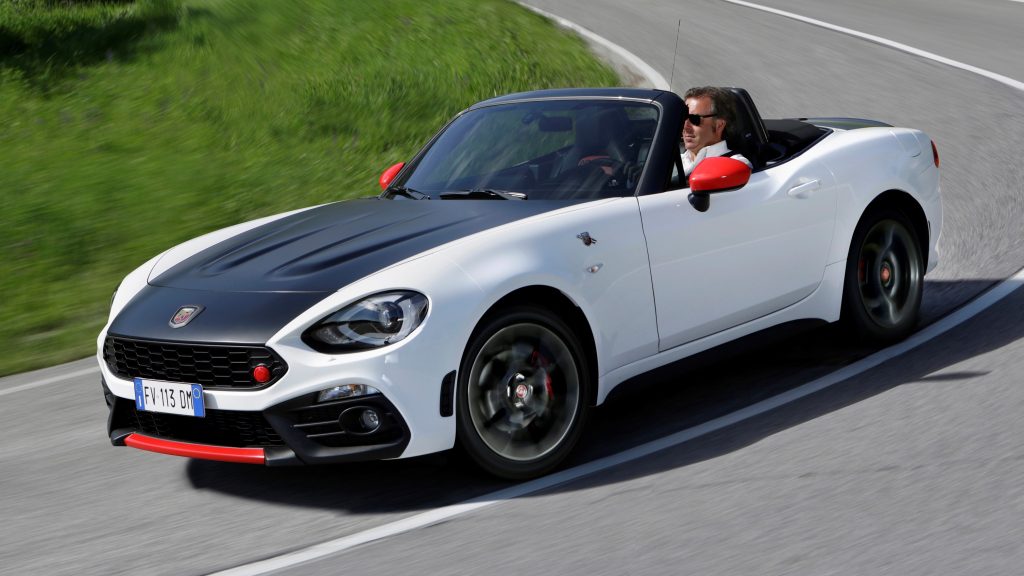
New and Classiche divisions
The tuner entered the current decade having the 500 as its only truly successful car. The parent company went through a turbulent time during the merger that formed Stellantis. However, the new phase turned out to be beneficial: Abarth is getting more attention than ever and has drawn some exciting new plans.
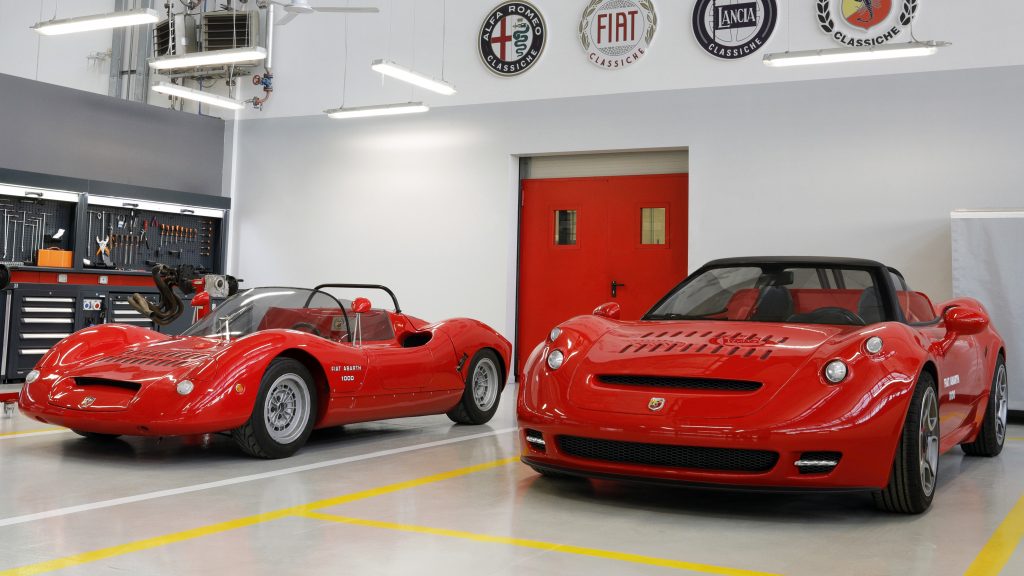
One of them is the Classiche division. It is part of Stellantis’ Heritage project and focuses on honoring the tuner’s history with a modern twist. Last year, it released the conceptual version of a new 1000 SP, which will be produced next year. It is based on the now defunct Alfa Romeo 4C and will be a limited edition.
More recently, the tuner made a replica of the 1958 Fiat 500 Abarth that set several records at the Monza racetrack, which has turned 100 years old. Besides the external appearance, the engine was modified to resemble the original: it has the same upgrades featured on the original 595 Tuning Kit offered in 1963.
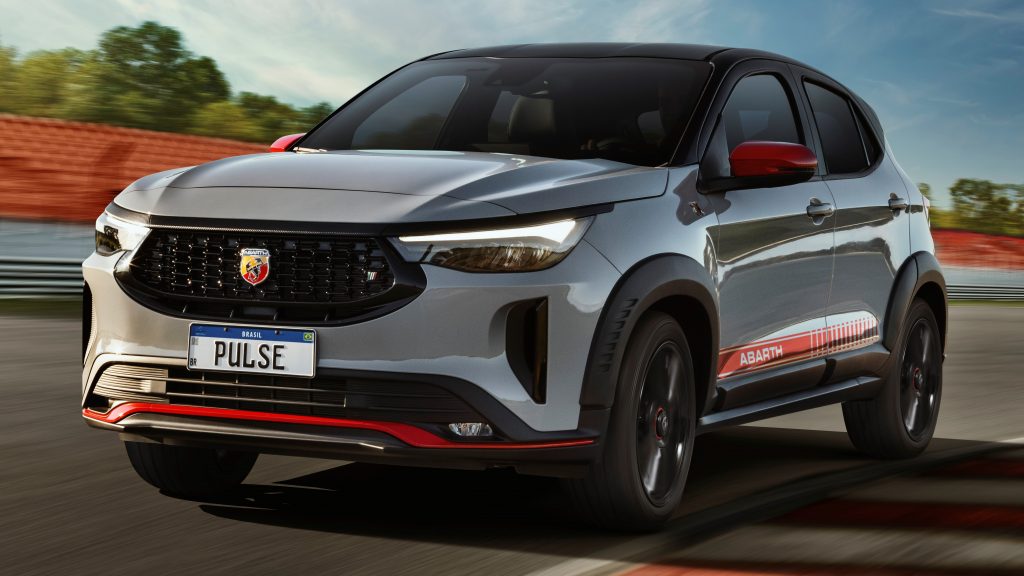
Pulse Abarth
When it comes to the new releases, the best way to start is the car above. Fiat has been particularly strong in Brazil for a long time, so it is only natural for it to expand its operations there. Now that the company is upgrading its image in the region, it decided to bring Abarth again. But there is something else with that.
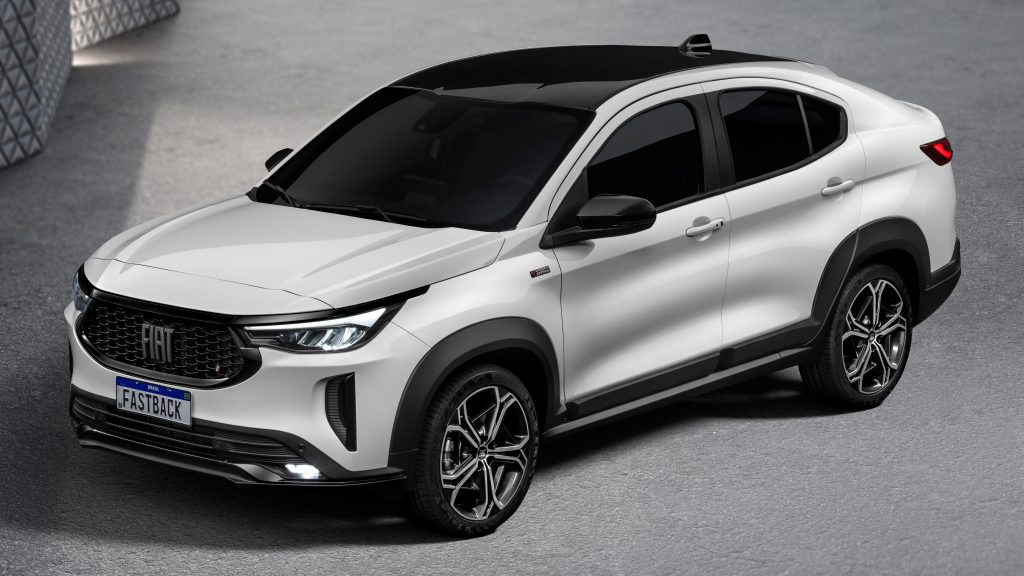
One of the reasons for all that strength is Fiat’s effort to connect with Brazilians; to understand what they want. The Pulse, released last year, is the best symbol of this time of its history. And now, it gets a sporty version. It is the first SUV and the first produced outside Europe, but it is just as Abarth as any other.
The goal is to reinterpret the brand according to the local preferences just like Fiat did with itself decades ago. Abarth cars will have their own showroom at selected Fiat dealerships and trained salespeople to show it as deserved. I wonder how they would answer that question my father asked me some weeks ago.

Abarth 500e
In Europe, it was obvious that the brand would reinvent itself starting by the 500e. The very first variation arrived this month using an upgraded version of the regular electric powertrain. However, we can expect Abarth to release other models. The 595, the 695, the cabriolet body, and many, many special editions.
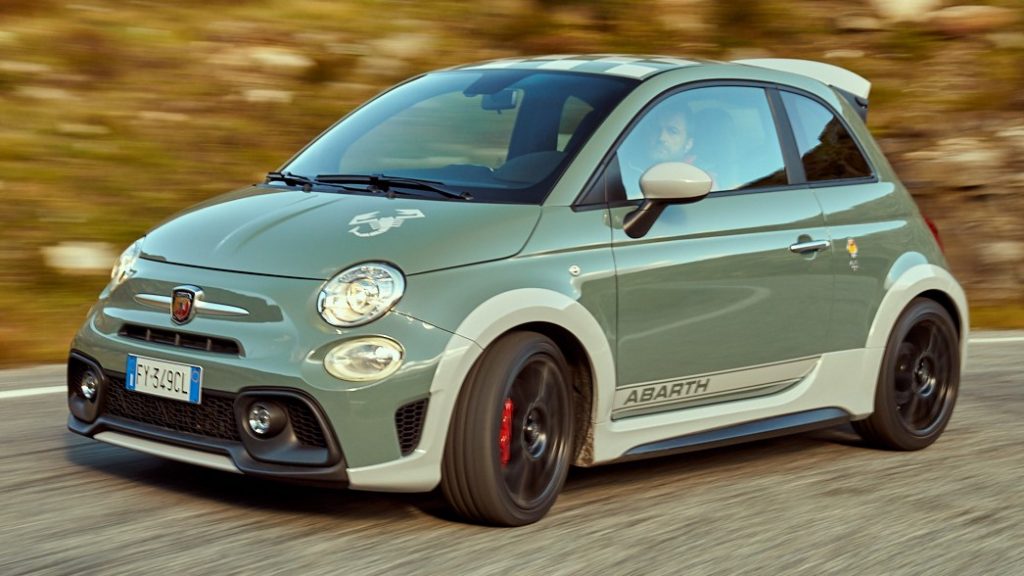
Nevertheless, that does not mean its work will stop there. According to the latest news, the tuner is going to work on more of the all-new Fiat cars that are expected to arrive over the next few years. In fact, there are rumors that Abarth will collaborate with other Stellantis brands, although those are not confirmed.
Once Stellantis executes all those plans, Abarth’s presence in the global market will be comparable to that of Alpine for Renault or Type R for Honda, for example. Do you think that move will be productive to Fiat and Stellantis as a whole? More importantly, what car of the group would you like to get such a version?
Danillo Almeida has explored his passion for cars in two distinct ways. The first one is his graduation course in Mechanical Engineering, which will hopefully lead to a job position in the field. The other one is expressing his knowledge and opinions on the matter through writing. Almeida has already contributed to blogs, stores, and websites in general writing automotive content in many formats.



